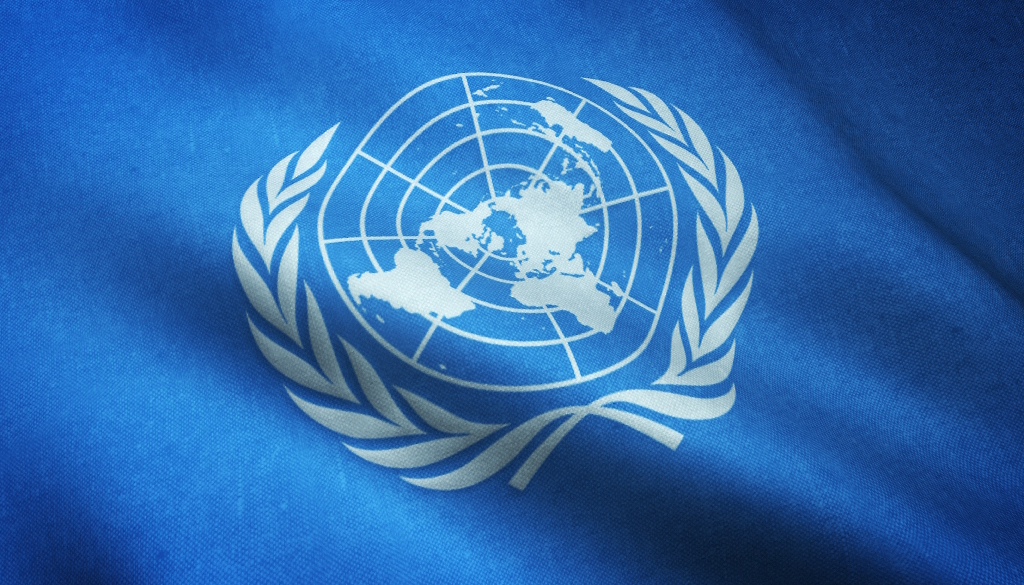The “2024 Geostrategic Outlook” report published by Ernst & Young (EY) analyzes geopolitical developments that may affect the business world and offers important predictions to global company executives.
1- Multipolarity and Balance of Power:
Multipolarity, one of the defining features of this year, will reshape the balance of power in an increasingly complex global system.
The report emphasizes that major powers such as the EU, the US and China will continue to have a decisive influence on the global operating environment.
Countries outside the major powers, such as India, Saudi Arabia, Turkey, South Africa and Brazil, will have a greater say in the international agenda.
2- De-risking and Global Supply Chains:
According to the report, de-risking will be the second defining feature of the geopolitical environment.
The Covid-19 pandemic and the war in Ukraine have caused countries to question their global dependence and the resilience of their supply chains.
The report discusses how governments will respond to these challenges by revisiting or strengthening their industrial policies.
3- Artificial Intelligence and Competition:
Artificial intelligence (AI) will become more important in 2024 and will play a central role in global competition.
Governments will compete to regulate AI in order to mitigate socio-political risk.
The AI race between the US and China is expected to accelerate the shift between geopolitical blocs.
4- Geopolitics of the Oceans:
Emphasizing the importance of sea lanes for economic and national security, the report notes that the geopolitics of the oceans is becoming more pronounced.
Much of the global trade in goods takes place via sea routes and faces risks of geopolitical disruption.
Deep-sea mining is expected to account for a significant portion of the supply of critical minerals.
5- Recommendations for Company Strategies:
For company executives, the report offers three main strategic recommendations to prepare for future uncertainties:
Incorporate geopolitical considerations into business models and strategies.
Position operating models and strategies to increase the resilience of global supply chains.
Align sustainability strategies with geopolitical realities.



 UN
UN 

